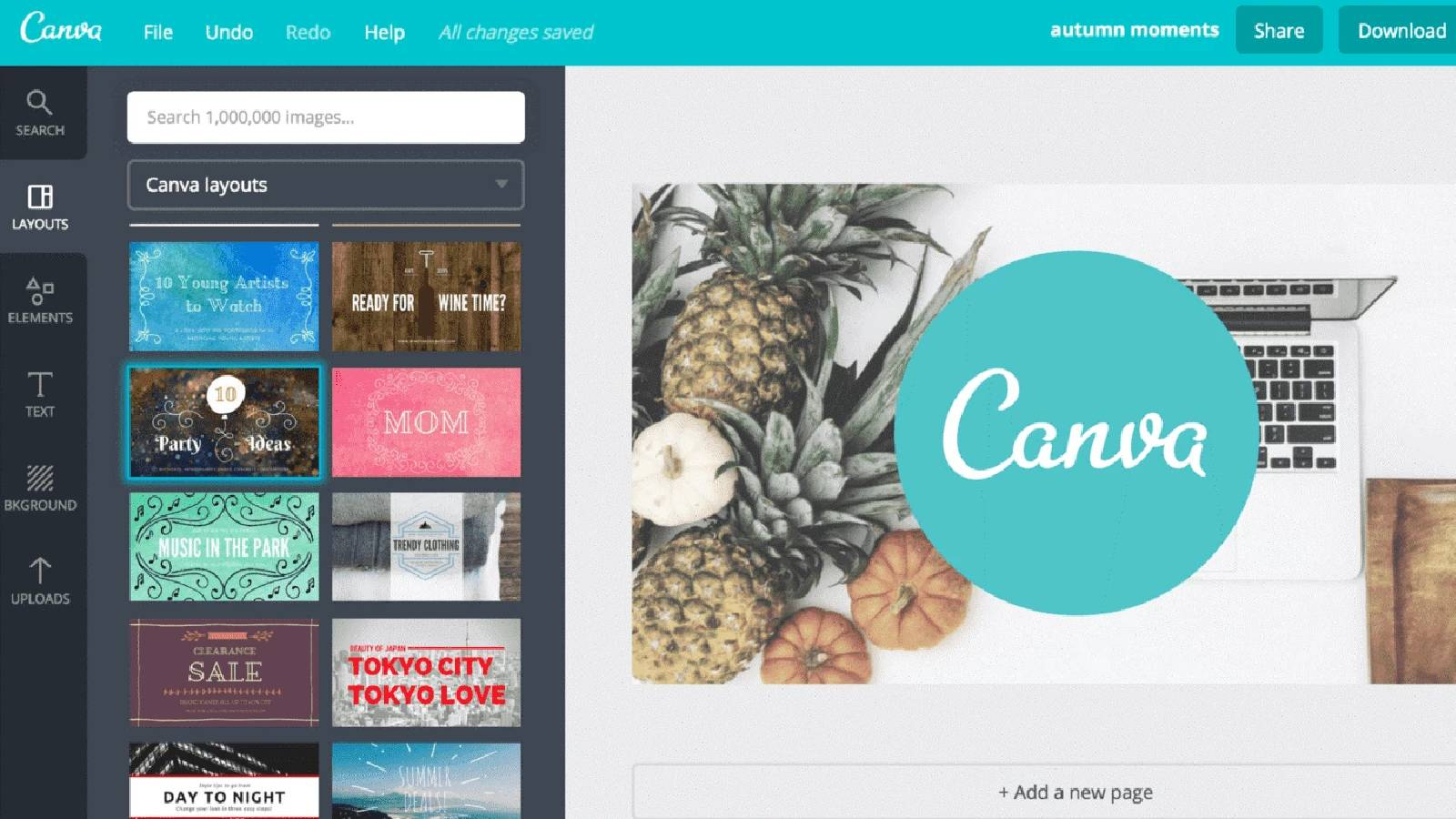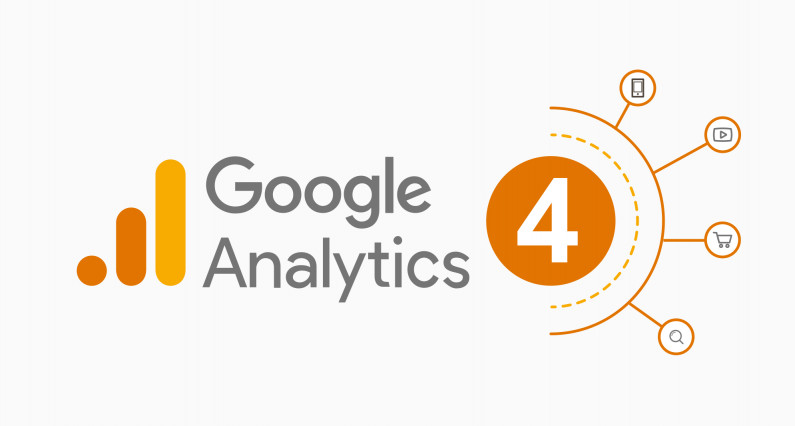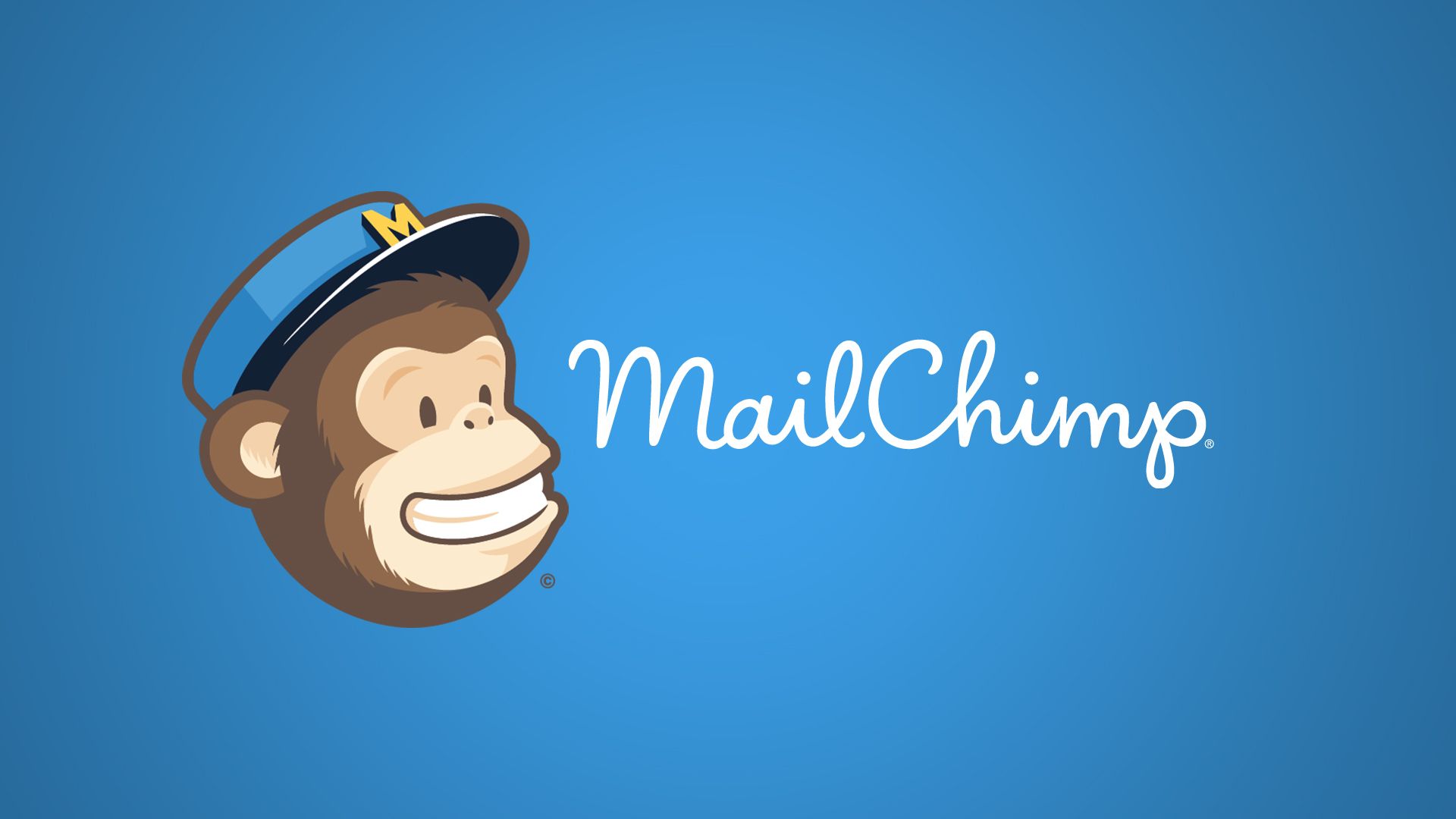Using the Art of Storytelling to Build Your Brand

Once we hear the term brand, the first thing that comes to mind is catchy logos and colorful packaging. However, brands are not limited to influencers, celebrities, and companies; anyone can create them. Storytelling distinguishes a personal brand and plays a vital role in promoting it and enhancing its popularity in a highly competitive market.
This article will highlight the personal brand and how you can weave your career journey into a creative story that inspires others.
The Impact of Storytelling on Creating a Personal Brand
American novelist and poet Maya Angelou says: “People forget what you said and what you did, but they will never forget how you made them feel.” This quote embodies the essence of storytelling, which touches the soul and is rooted in memory.
A personal brand story summarizes your professional journey, reflects your experiences, emotions, and achievements, and gives your brand an immortal human dimension. Words can shape people’s perceptions and bridge gaps between them. Crafting your story involves weaving these words together to create an authentic story that showcases your personality.
Elements of a Brand Story
1. Authenticity
Your brand reflects who you are, so be authentic to build the trust that forms the foundation of permanent connections. Share your values with your audience authentically to build trust and rapport.
2. Consistency
Share the same story across all the platforms you use to promote your brand. This will increase awareness of your brand and create a cohesive identity.
3. Engagement
Compelling stories catch people’s attention and increase their engagement, which instills a sense of belonging and loyalty to the brand. Create social media posts, images, and videos, and you’ll take your brand to new heights.
Quotes from Famous Entrepreneurs
1. American author Seth Godin
“A brand is the set of expectations, memories, stories, and relationships that cause a customer to choose one product over another.”
2. Author Simon Sinek
"People don't buy what you sell; they buy what you do."
Encourage audience engagement with your content. Opening up the space for discussion and accepting their opinions can build a sense of belonging and strengthen your relationships with them. It's not about what you sell or offer but rather about the purpose and core values that form the foundation of your brand.
Practical Tools to Help Build Your Brand
1. Canva
Canva is a powerful graphic design tool that allows you to create images and visual effects to add to social media posts, presentations, posters, and more.

This tool has an easy-to-use, drag-and-drop interface, making Canva designs more accessible. It offers a variety of templates, fonts, and images to help you create professional designs that fit your brand.
2. Hootsuite
Hootsuite is a social media management platform that allows you to schedule and manage posts across multiple platforms using a single dashboard.

By scheduling posts in advance, you can maintain your online presence, engage with your audience, and analyze your brand’s social media performance. This tool is helpful for busy professionals who manage multiple platforms.
3. Google Analytics
This tool provides detailed information about the number of visitors to your website and user behavior. Benefits include understanding your target audience, tracking the effectiveness of your content, and identifying the platforms that drive traffic to your website. This information helps you make informed decisions to enhance your online presence.

4. Grammarly
Grammarly is a proofreading tool that flags your content's grammatical, spelling, and punctuation errors. Producing well-written, error-free content is essential to presenting your brand professionally. Grammarly corrects errors and suggests better wording to improve clarity and effectiveness.

5. LinkedIn
LinkedIn is a professional networking platform that allows you to showcase your skills and achievements and engage with a professional community. This platform helps you build your brand by publishing articles, participating in discussions, and connecting with professionals in your field. Your LinkedIn profile acts as an online resume and a powerful networking tool.

6. Mailchimp
Mailchimp is an email marketing platform that allows you to create and send newsletters and news.

Building email lists helps you connect with your target audience. To boost your brand's online presence, share your latest project news, achievements, or industry information directly with subscribers.
7. Pixabay and Unsplash
These platforms offer a wide range of high-quality, copyright-free images. Visual content is essential for promoting your brand, so use these platforms to find attractive images that fit your blog and social media content without running into copyright issues.

Final Thoughts
Successfully creating and promoting your brand requires authenticity, presenting a consistent story and message across all channels, and using the right tools to weave a compelling story that attracts people who share your interests and gives you unique opportunities. Always remember what Amazon founder Jeff Bezos said: “Your brand is what others say about you when you are not around.”